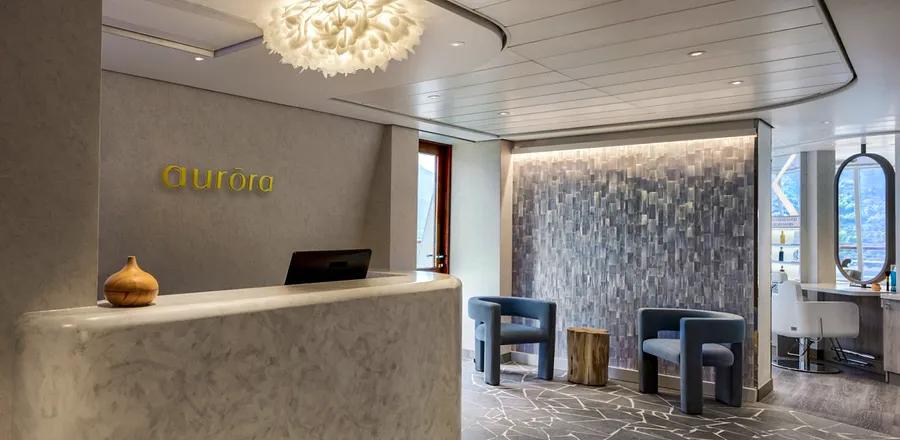Unimaru: The art museum located between North and South Korea, where the curator wears a bulletproof vest

Art has always been a source of provocation, but a newly inaugurated art museum is pushing this boundary even further.
The danger lies in Unimaru's location. Situated on the DMZ, or Korean Demilitarized Zone, a buffer zone along the 38th parallel that separates North and South Korea, it rests in a volatile no-man's-land.
The museum's opening exhibition, ‘2021 DMZ Art and Peace Platform,’ showcased 34 pieces from 32 artists and launched in September 2021.

Before becoming a museum, Unimaru served as a customs checkpoint where visitors underwent security screenings before being allowed to enter the DMZ between 2003 and 2007. This function was later replaced by a larger office.
The building remained vacant until early 2021, when the architecture firm MPART – the same team behind the National Museum of Modern Contemporary Art (MMCA) in Seoul – transformed it into Unimaru. The museum’s name combines two Korean words: 'uni' meaning 'one' and 'maru' meaning 'space.'
The roof was redesigned to offer visitors an expansive view, while the steel facade was crafted to symbolize the transient nature of time and space at the DMZ, as explained in a statement from the museum.
Due to security concerns and the ongoing pandemic, visitor capacity is deliberately kept low.
When the museum was open, only five tour groups per day were allowed, with each group capped at 30 people. Currently, Unimaru is on a break as it prepares for its upcoming exhibition.
Visitors must apply to the South Korean Ministry of Unification (MOU), the official government agency responsible for promoting Korean reunification and fostering dialogue between the two Koreas, to gain permission to visit.
Once granted approval, visitors receive a complimentary ticket to Unimaru and are able to board one of the designated buses that transport civilians to the DMZ.

After their IDs are verified, guests are guided through the museum by docents and staff from the Ministry of Unification (MOU). These MOU personnel are civilians and do not carry any weapons.
Visitors to the DMZ must follow a strict dress code, prohibiting miniskirts, shorts, and any clothing featuring camouflage patterns.
Guests are also prohibited from waving to others or taking photographs without prior approval, to avoid any potential security breaches.
Children under the age of 8 are not permitted in the DMZ, regardless of their nationality.
In 2018, South Korean President Moon Jae-in and North Korean leader Kim Jong Un held an Inter-Korean Summit at the 'Peace House' in Panmunjom, located within the DMZ.
Although technically still at war, the two Koreas made strides toward ending their conflict during the summit, with Moon and Kim agreeing to work towards a formal peace agreement. The accord also included provisions for the removal of weapons, guards, and landmines from the Joint Security Area (JSA).
The withdrawal of guards from certain military outposts paved the way for Unimaru to display artwork in a repurposed guard tower located just a mile from the border.
Yeon Shim Chung, Unimaru's artistic director, shared with Artnet that she and other museum staff take precautions by wearing bulletproof vests when installing artworks at the site.

Unimaru showcases a diverse range of artwork from both South Korean and international artists.
One of the most striking pieces on display is an empty frame, symbolizing the museum's hope to one day feature work from North Korean artists.
The Joint Security Area (JSA), also known as Panmunjom, is perhaps the most iconic location along the DMZ, famous for its distinctive bright-blue conference room, which attracts the highest number of visitors in the area.
Former US President Bill Clinton famously referred to the DMZ as the 'scariest place on earth' following his visit there in 1993.
Tours of Panmunjom resumed on November 30, after being temporarily suspended in July due to South Korea's tightening of Covid-19 restrictions.

1

2

3

4

5
Evaluation :
5/5